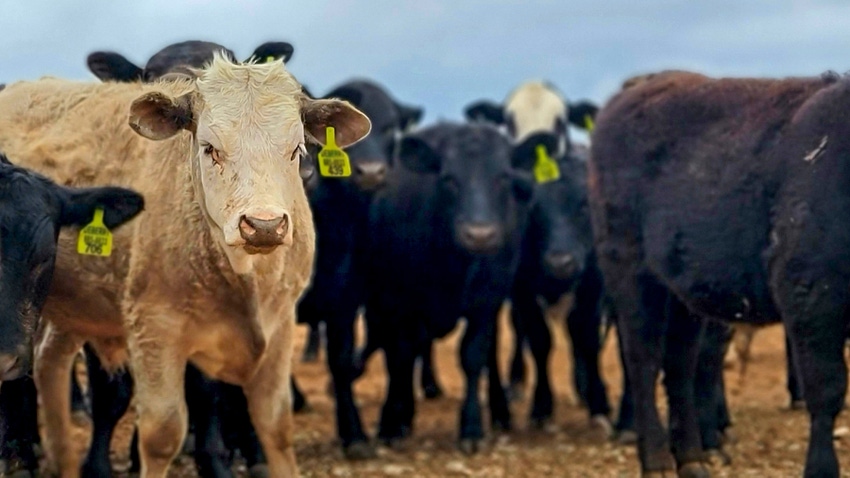
USDA is scheduled to release the August Cattle on Feed report this coming Friday, so this is a good opportunity to look at some pre-report estimates.
I think placements will be the most interesting number in the report. A couple of years of a shrinking cow herd leads us to fewer feeders to place. However, drought in some major cattle areas, falling feed costs, profitable feeding returns, more cattle imported from Mexico compared to a year ago, and high feeder heifer prices may cause placements to not be down as much as we might expect. My estimate of placements is 96% of a year ago (down 4%). I am on the high end of placements among the market analysts who publish estimates ahead of the report.
Placements are where the most uncertainty lies. The number of heifers placed in feedlots are a large source of this uncertainty. Heifers can be held back to enter the cow herd or they can be sold to go on feed. Currently, high calf prices and expectations of even higher record prices in the future should eventually begin to encourage producers to hold back heifers to enter the cow herd. But, high current calf prices also encourage ranchers to take the money and sell heifers now as feeders. Examining cattle auction prices suggests that, in some cases, feeder heifer prices are higher than prices of animals designated as replacement heifers and bred cow prices. There is certainly anecdotal evidence of some producers selling heifers they had intended to keep because current prices were too good to pass up.
The number of heifers on feed is reported quarterly and was in last month’s Cattle on Feed report. It indicated that the number of heifers on feed was equal to the same quarter of last year while fewer steers were on feed. We’ll get another quarterly report of heifers on feed in the October Cattle on Feed report.
Based on steer and heifer slaughter, July marketings from feedlots with more than 1,000 head should be about 5.4% lower than a year ago. Combined with fewer placements, this leaves the number of cattle on feed at about 98.5% of a year ago. Some more data this Fall will shed some light on how much we are “robbing Peter to pay Paul” by using heifers to boost near-term beef production at the expense of future production.
Source: Southern Ag Today, a collaboration of economists from 13 Southern universities.
Read more about:
BeefAbout the Author(s)
You May Also Like




